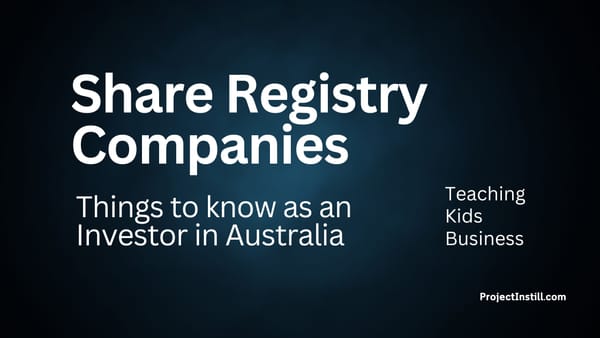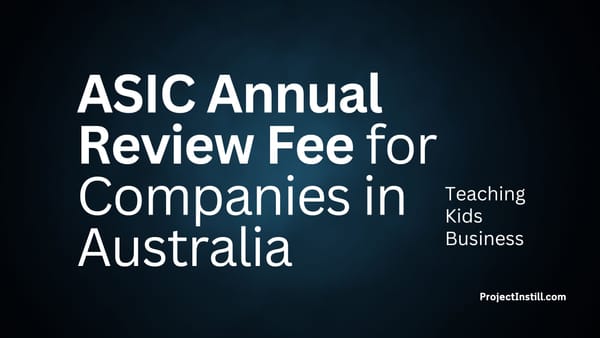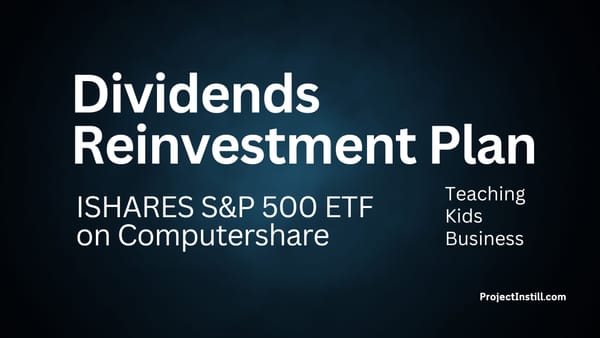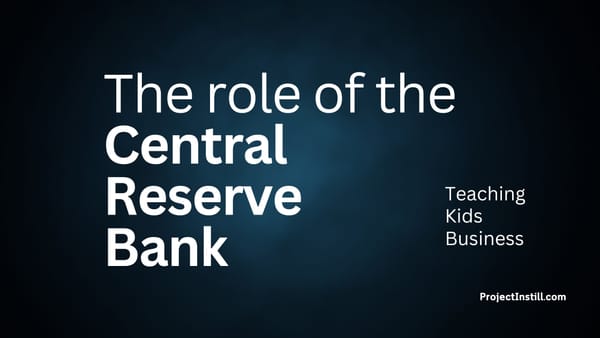What is investing? Why invest?
Teaching Kids the basics of financial literacy and investing. Finding ways to increase the future value of our current money is called investing. Help them understand growth rate, inflation, and more to understand why we need to invest.
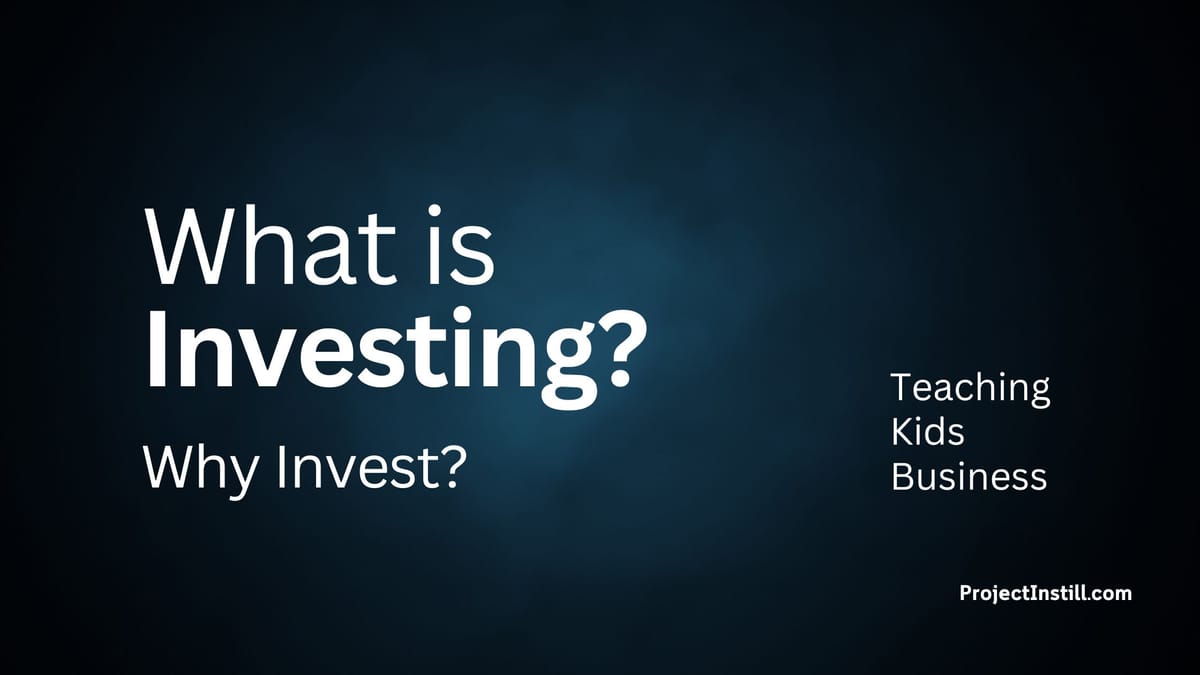
What did I want to do?
- I wanted my kids Ash (12 years old) and Adh (10 years old) to understand why we need to invest. Importantly, what will happen to the money if we don't invest?
- I wanted to teach my kids what people usually invest in. What options are available to invest? What are the considerations we need to factor in when we invest?
- The purpose of this exercise is to trigger the curiosity of investing and plan investing to be part of their core wealth-building journey.
Will the value of our money increase or decrease in future?
Let's first talk about coffee.
- In 2024, the average price of a Large Cup of coffee was $7-$8.
- Let's go back in time.
- In 2020, the average price of the same Large Cup of coffee was $6-$7.
- In 2010, the average price of the same Large Cup of coffee was probably around $4-$5.
So what we have seen is that over the years, the price of the same Large Cup of Coffee has increased.
If you ask the coffee shop why they kept increasing the price, a very probable answer the coffee shop owner would say is - "all the prices have gone up, so we have to increase our prices".
All prices would have gone up over the years. This is true. Prices of the milk, the coffee beans, the coffee shop rent, the salaries... all would have gone up over the years. They wouldn't have had a choice - but to increase the price of their coffee... or else, they would go in loss.
Let's revisit this statement - Over the years, the price of the same Large Cup of Coffee has increased.
The above statement can be said in different ways:
- We now have to pay more money for the same cup of coffee than we would have paid years ago.
- For the same product, the $ value has increased over the years.
- In other words, The value of the $ has decreased, and hence, we now need more $ to buy the same coffee.
- Over the years, the value of $ has decreased.
So, both the below statements are the same:
- Over the years, the price of the same product has increased.
- Over the years, the value of $ has decreased. I now have to pay more $ for the same product.
So as years proceed, we need more and more $ to buy the same product.
There is a combination of reasons - inflation, supply and demand, etc - we will explore these topics at a later date.
Why do we need to invest? What is investing?
Now, let's say we have $100 dollars in the bank today.
If the $100 remains in our bank account for the next ten years, we will be able to buy less than we could buy today - because the value of the $100 is going to decrease over the next ten years.
After ten years, we will still have the $100 in our bank, but we will be able to buy fewer products.
This imposes a challenge - the challenge of our money decreasing in value.
We need to find ways to ensure the value of today's $100 dollars remains the same in future. If we are smart enough, we want the value not just to be the same but to increase. We need to find ways to increase the future value of our current $ money.
Investing is the mechanism we choose for our money to grow faster than it loses value because the value of money goes down over time.
Key Considerations in Investing
Before looking at ways to invest to increase the value of money in future, let's look at a few key considerations:
- Risk: An investment's chance of decreasing in value rather than increasing in value as we expect.
- Return: The amount of money we earn from our investment.
- Diversification: Investing in different investments to spread the risk in the hope that if one investment decreases in value, the other one increases in value.
- Power of compounding: When an investment increases in value, and you get a return on investment, you could choose to re-invest the return. Now, the original invested money and the return combined together - become a larger pool of money... which gets invested further... and the cycle continues.
What are the different ways people invest?
Let's look at a few ways people invest with the objective of increasing the value of the money they currently have:
- Put money into a bank account that guarantees you returns. Some banks provide interest to keep their money with them.
- Put money into buying precious metals like gold or silver with the hope that the value of the metal will increase over the years.
- Put money into buying a real estate property with the hope that the value of the property will increase over the years.
- Put money into a new company that you start to do business activities to create value for customers and money for you.
- Put money to buy a portion of ownership (shares) of new companies that others start - in the hope that the companies will grow to become a successful business.
- Put money to buy a portion of ownership (shares) of established companies that others operate on a large scale. This is usually done through a government-regulated body called a Stock Market.
- Put money to buy a portion of ownership (shares) of an investment fund - that invests in a specific set/collection of companies. The funds have people called Fund Managers who identify where to put the money. There are different types of funds:
- Mutual Funds
- Exchange-Traded Funds
- Bonds
- Index funds
- Hedge Funds
Next Step
Let's look at:
